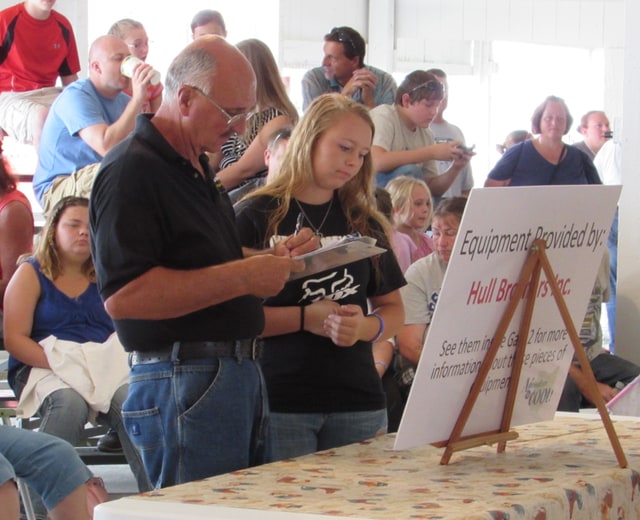

REYNOLDSBURG, Ohio — The Buckeye State’s bird shows are back in business, at least for the time being.
With no confirmed cases in Ohio and no immediate threat of a Highly Pathogenic Avian Influenza (avian flu) outbreak, Ohio Agriculture Director David T. Daniels and State Veterinarian Dr. Tony Forshey on Thursday rescinded the order prohibiting bird shows in Ohio.
Officials urge poultry and bird owners, however, to remain vigilant and cautious in order to protect the health of their flocks during migration seasons.
The order, issued on June 2, 2015, was originally intended to remain in place until April 2016. The ban included county and independent fairs, the Ohio State Fair, and all other gatherings of birds for show or for sale, including auctions and swap meets. Throughout the nationwide outbreak, the department worked closely with Ohio’s poultry producers and the U.S. Department of Agriculture’s (USDA) Animal and Plant Health Inspection Service to provide training and to closely monitor the health of poultry in the state.
“Ohio is home to more than 50 million domestic birds which makes our state particularly vulnerable to an outbreak,” said Daniels. “Thankfully, the disease never took hold here. I believe this is a justification of the steps taken by our producers and exhibitors to mitigate the risk of an outbreak.”
The avian flu is an extremely contagious virus that primarily affects domestic poultry and is likely spread by wild, migrating birds. The USDA first confirmed the virus in the U.S. beginning in late 2014. While there were no confirmed cases of the disease in Ohio, throughout the spring and summer of 2015 more than 48 million birds nationally were affected.
On November 18, the World Organization for Animal Health (known as the OIE) issued its final report on the deadly avian flu outbreaks which declared that the outbreaks in all affected states are now final, closed, and resolved. This now makes the United States free of avian influenza for the time being.
One of the ways avian influenza spreads is by direct contact with contaminated materials coming from other infected birds. Exhibitions, auctions and swap meets where birds are co-mingling pose a high risk of unintentionally spreading disease.
While the intention is to allow bird exhibitions to be held next year, an outbreak in Ohio or nearby states may require the reinstatement or even an extension of the ban.
Daniels said, “I would like to extend a sincere thank you to OSU Extension and the youth exhibitors for their understanding and to their advisors for turning this unfortunate outbreak into an important educational moment. As I travelled around the state this summer, I was overwhelmed with the maturity and understanding of the disappointed but supportive young people I spoke with who were unable to bring their poultry projects to the fair. It’s a real testament to the strength and importance our 4H and FFA programs in Ohio.”
Ohio is the second largest egg producer in the country and home to 28 million laying chickens, 12 million broilers, 8.5 million pullets and 2 million turkeys. Ohio’s egg, chicken and turkey farms create more than 14,600 jobs and contribute $2.3 billion to the state’s economy.
Locally, Educator Sam Custer of the Darke County OSU Extension said he and other agriculturalists will continue to monitor the situation.
“The first outbreak last year was December 19,” he said. “We hope that we do not have another year of outbreaks, but the commercial poultry industry has changed their operating procedures so that if there is an outbreak, they will be able to control it at a higher degree.”





